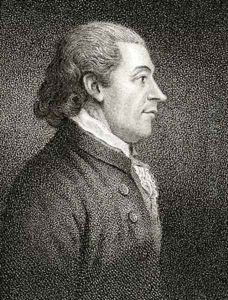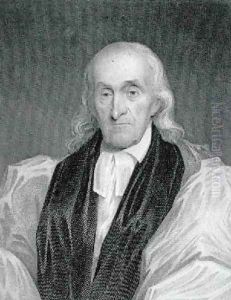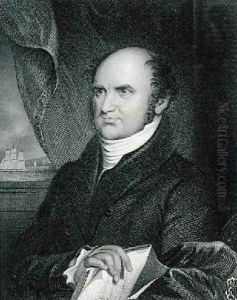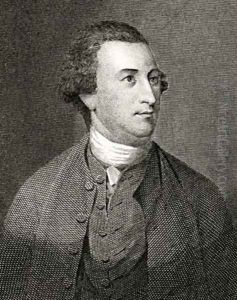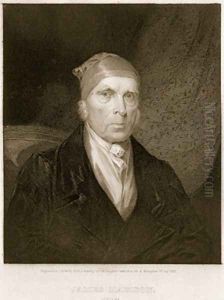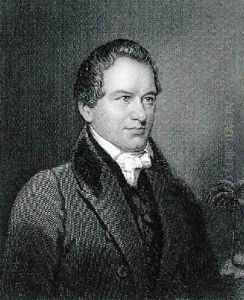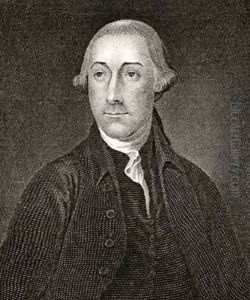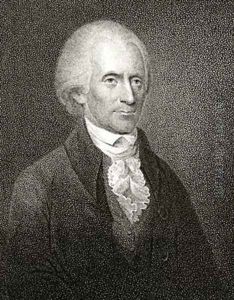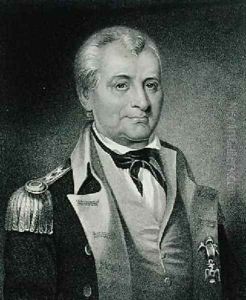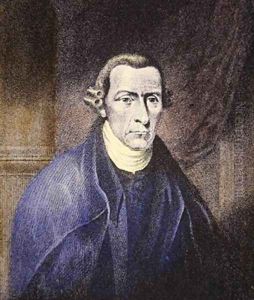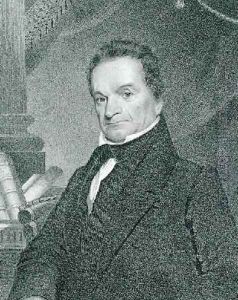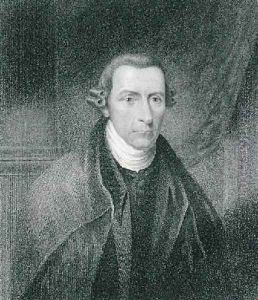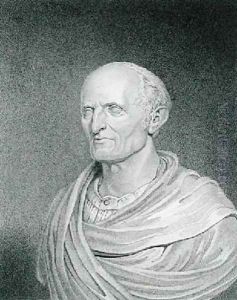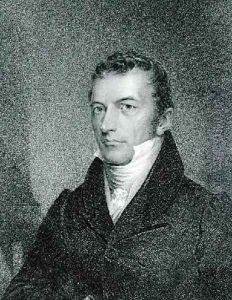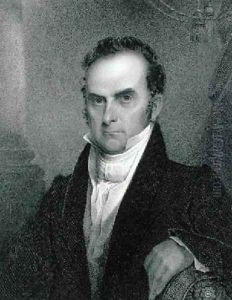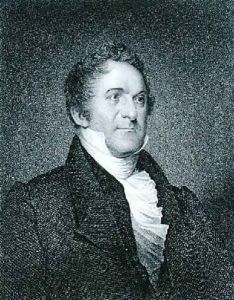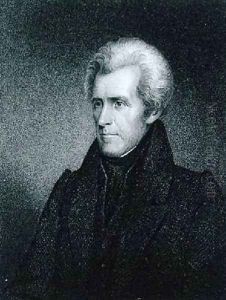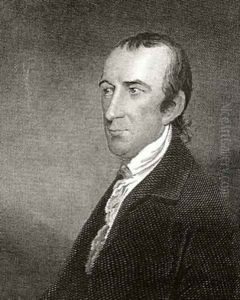James Barton Longacre Paintings
James Barton Longacre was an American engraver and coin designer born on August 11, 1794, in Delaware County, Pennsylvania. He is most well-known for his position as the Chief Engraver of the U.S. Mint, a role he served in from 1844 until his death in 1869. Before his appointment to the U.S. Mint, Longacre had established himself as an accomplished engraver with a particular focus on banknote engraving, which was a significant part of the early 19th-century economy due to the lack of a centralized federal bank.
Longacre's career as an engraver began after an apprenticeship with the engraver George Murray in Philadelphia. He developed his skills and reputation through various projects, including book illustrations and portraits. In 1819, he set up his own business and soon became the chief engraver at the Bank of the United States in Philadelphia.
In 1830, Longacre co-founded the periodical 'Saturday Courier,' where he contributed not only as an engraver but also as an editor. However, his most significant career advancement came when he was appointed the Chief Engraver of the U.S. Mint by President John Tyler in 1844, succeeding Christian Gobrecht. This position brought him great challenges, including opposition from other Mint officers and conflicts with the Director of the Mint, but it also allowed him to leave a lasting impact on U.S. coinage.
Among his notable contributions to coinage are the designs for the Indian Head cent, the Shield nickel, various gold coins, and the Liberty Head designs that were used on multiple denominations. His work reflected both the neoclassical style popular at the time and the American desire to establish a distinct national identity through its coinage.
Despite facing professional rivalries and challenges, including an attempt to remove him from his position, Longacre remained the Chief Engraver until his death. He passed away on January 1, 1869, in Philadelphia. Longacre's legacy endures through his coin designs, many of which were used well into the 20th century, and his influence on American numismatic art is still recognized today.
